Balancing Equations Challenge Worksheet
Are you a high school or college student seeking to improve your understanding and proficiency in balancing equations? If so, you may find this balancing equations challenge worksheet helpful in honing your skills.
Table of Images 👆
More Other Worksheets
Kindergarten Worksheet My RoomSpanish Verb Worksheets
Cooking Vocabulary Worksheet
DNA Code Worksheet
Meiosis Worksheet Answer Key
Art Handouts and Worksheets
7 Elements of Art Worksheets
All Amendment Worksheet
Symmetry Art Worksheets
Daily Meal Planning Worksheet
What is the purpose of balancing equations in chemistry?
The purpose of balancing equations in chemistry is to ensure that the law of conservation of mass is obeyed, meaning that mass is conserved in a chemical reaction. Balancing equations involves adjusting the coefficients of the reactants and products so that the number of each type of atom is the same on both sides of the equation. This allows us to accurately represent the stoichiometry of a chemical reaction and determine the quantities of reactants and products involved.
Why is it important to have equal numbers of each type of atom on both sides of the equation?
It is important to have equal numbers of each type of atom on both sides of the equation to satisfy the law of conservation of mass, which states that matter cannot be created or destroyed in a chemical reaction. Balancing the equation ensures that the same amount of each type of atom is present before and after the reaction, showing that no atoms have been lost or gained during the process.
How do you determine the coefficients to balance an equation?
To determine the coefficients to balance an equation, begin by writing down the chemical equation and listing the number of each type of atom on both the reactant and product sides. Next, adjust the coefficients of the compounds until the number of each type of atom is the same on both sides of the equation. It is important to balance one element at a time and to avoid changing subscripts. Finally, double check that all atoms are balanced and simplify the coefficients if necessary.
What are some common techniques used to balance equations?
Some common techniques used to balance equations include adjusting the coefficients of the molecules involved, starting with elements that appear only once on each side of the equation, ensuring that the number of atoms of each element is the same on both sides, and using fractions or multiples to balance complicated equations. Another helpful technique is to balance polyatomic ions as individual units.
Can you balance an equation by changing the subscripts in a chemical formula?
No, you cannot balance a chemical equation by changing the subscripts in a chemical formula. Balancing a chemical equation requires adjusting the coefficients in front of the chemical formulas to ensure the same number of each type of atom on both sides of the equation. Changing the subscripts would alter the identity of the chemical compound and result in a different equation altogether.
Why is it not valid to add or remove atoms during the balancing process?
It is not valid to add or remove atoms during the balancing process of a chemical equation because it violates the law of conservation of mass. This law states that mass cannot be created or destroyed in a chemical reaction, only rearranged. Balancing chemical equations ensures that the number of atoms of each element remains the same on both sides of the equation, reflecting the conservation of mass. Adding or removing atoms would alter the stoichiometry of the reaction and lead to an incorrect representation of the chemical transformation.
What is the significance of the Law of Conservation of Mass in balancing equations?
The Law of Conservation of Mass states that mass cannot be created or destroyed in a chemical reaction, it can only be rearranged. This means that the total mass of the reactants must equal the total mass of the products. When balancing chemical equations, this law is essential because it ensures that the number of atoms of each element is the same on both sides of the equation, maintaining the balance of mass throughout the reaction. By following this law, we can accurately represent the reaction and ensure the conservation of mass.
What are some tips for successfully balancing complex equations?
To successfully balance complex equations, start by identifying the elements present and their coefficients on both sides of the equation. Next, balance the atoms one at a time by adjusting the coefficients, making sure the number of atoms of each element is the same on both sides. Use fractions if needed and simplify the coefficients as much as possible. Remember to verify that the equation is balanced by counting the atoms again. Practice and patience are key to mastering the skill of balancing complex equations effectively.
How can you check if an equation is balanced correctly?
To check if an equation is balanced correctly, count the number of each type of atom on both sides of the equation. Ensure that the same number of each type of atom is present on both the reactant and product sides. Balancing involves adjusting the coefficients in front of each molecule to achieve this equality. Additionally, confirm that the charges are balanced if there are any ions present in the equation.
Why is balancing equations an essential skill for chemists?
Balancing equations is an essential skill for chemists because it ensures that the law of conservation of mass is upheld in chemical reactions. It allows chemists to accurately determine the quantities of reactants and products involved in a reaction, which is crucial for carrying out experiments, predicting outcomes, and understanding the underlying principles of chemistry. A balanced equation also provides a framework for calculating reaction stoichiometry, determining reaction yields, and designing efficient chemical processes. Overall, balancing equations is fundamental for accurately representing chemical reactions and making reliable conclusions in the field of chemistry.
Have something to share?
Who is Worksheeto?
At Worksheeto, we are committed to delivering an extensive and varied portfolio of superior quality worksheets, designed to address the educational demands of students, educators, and parents.




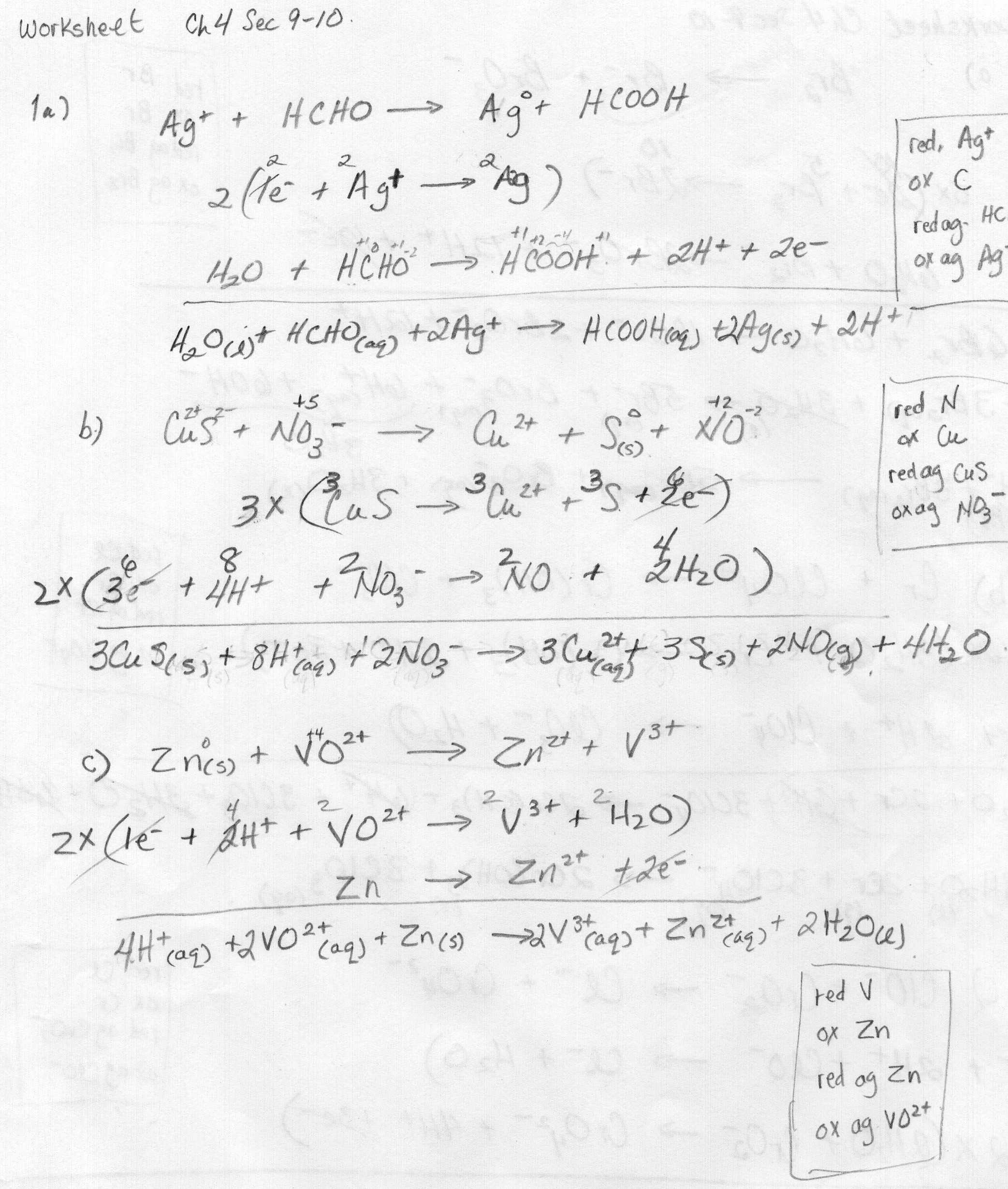
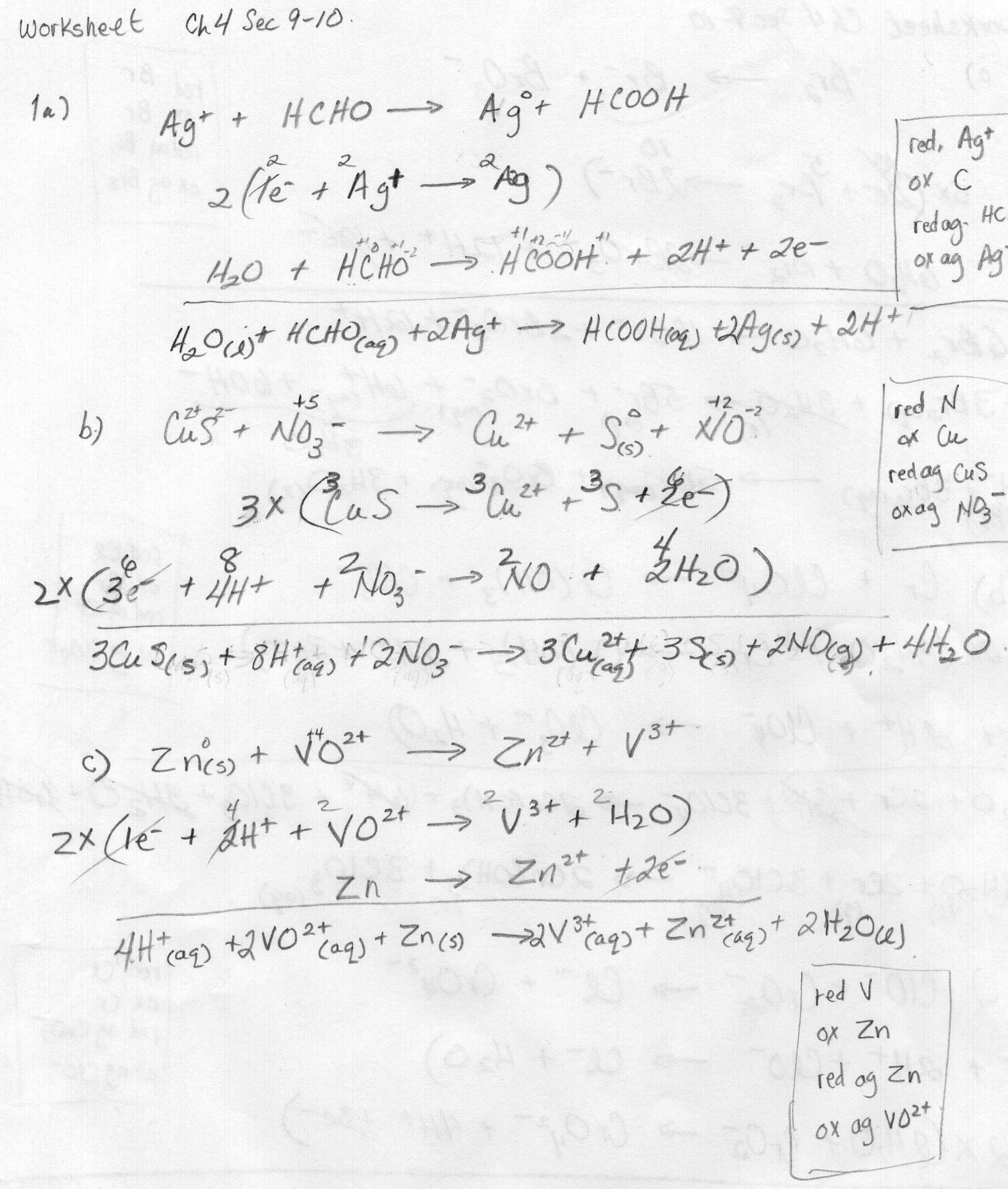
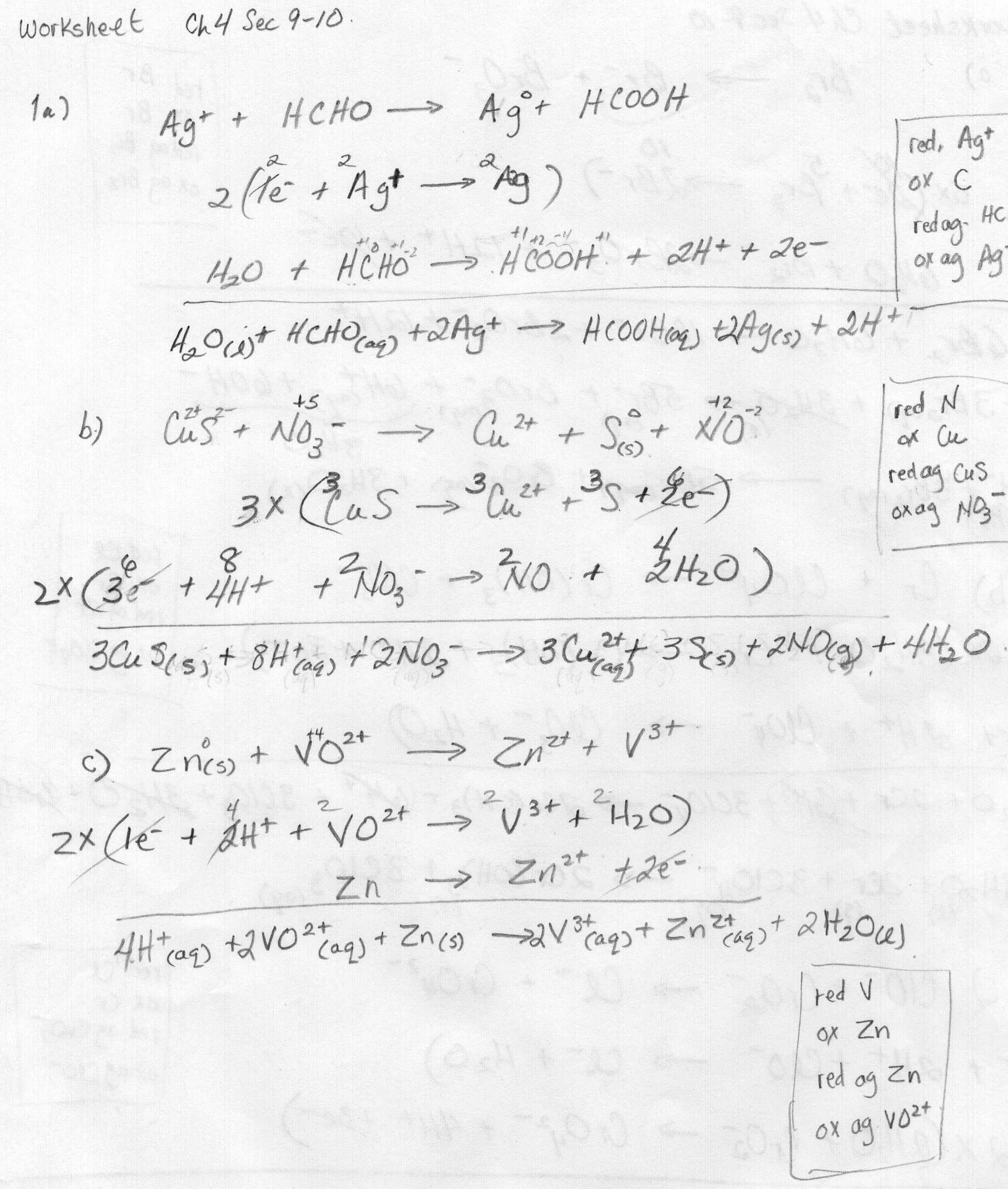
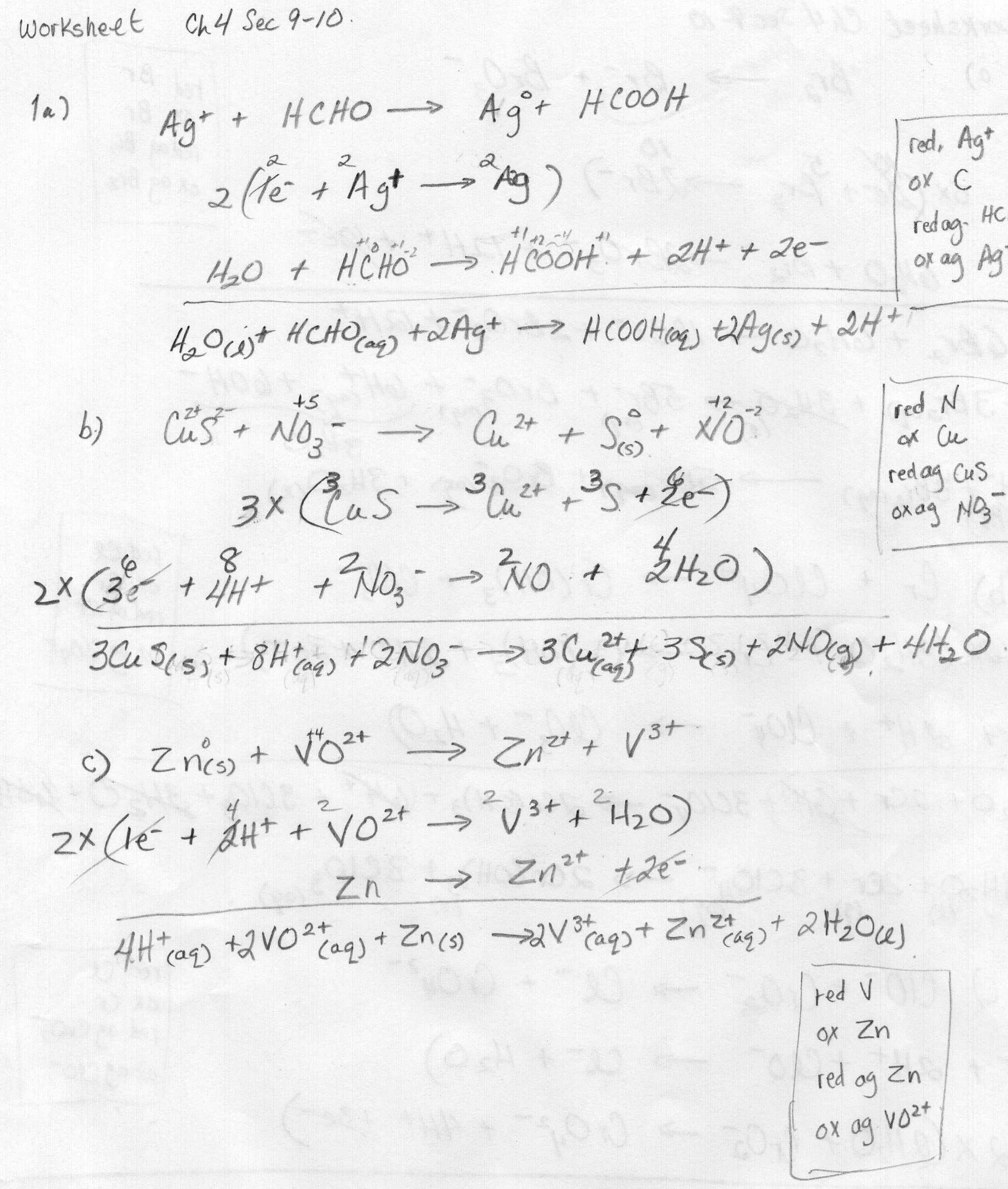
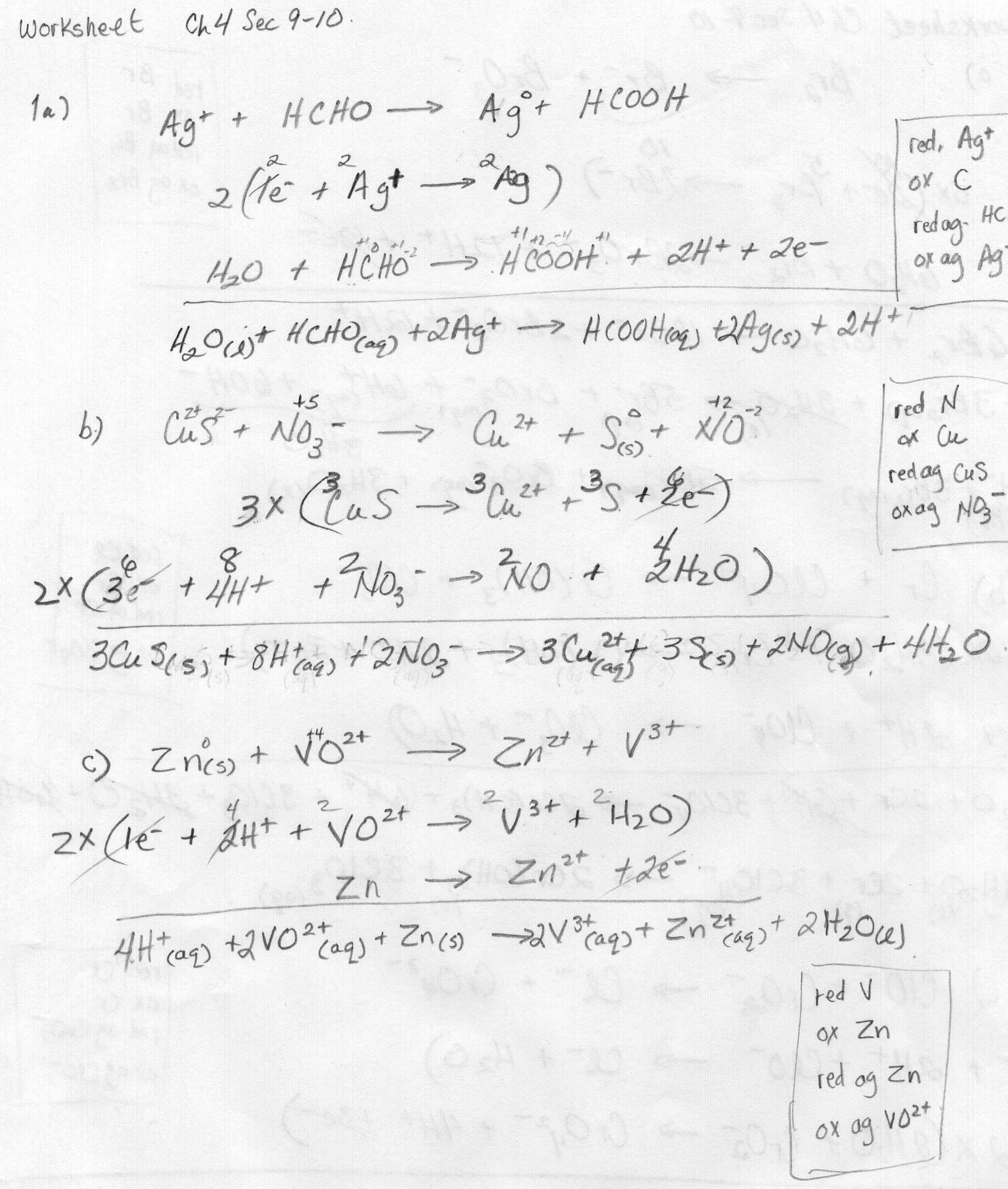




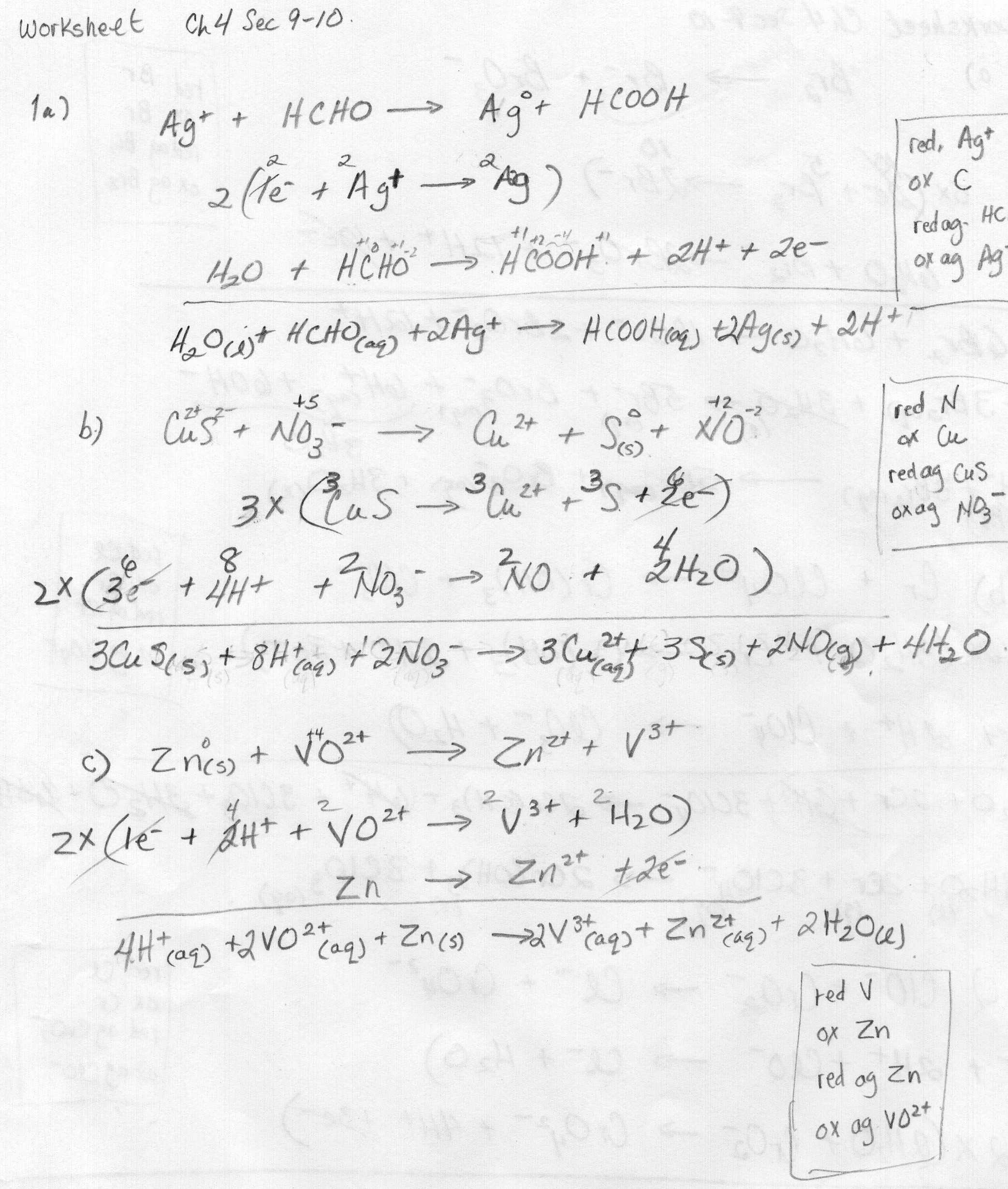
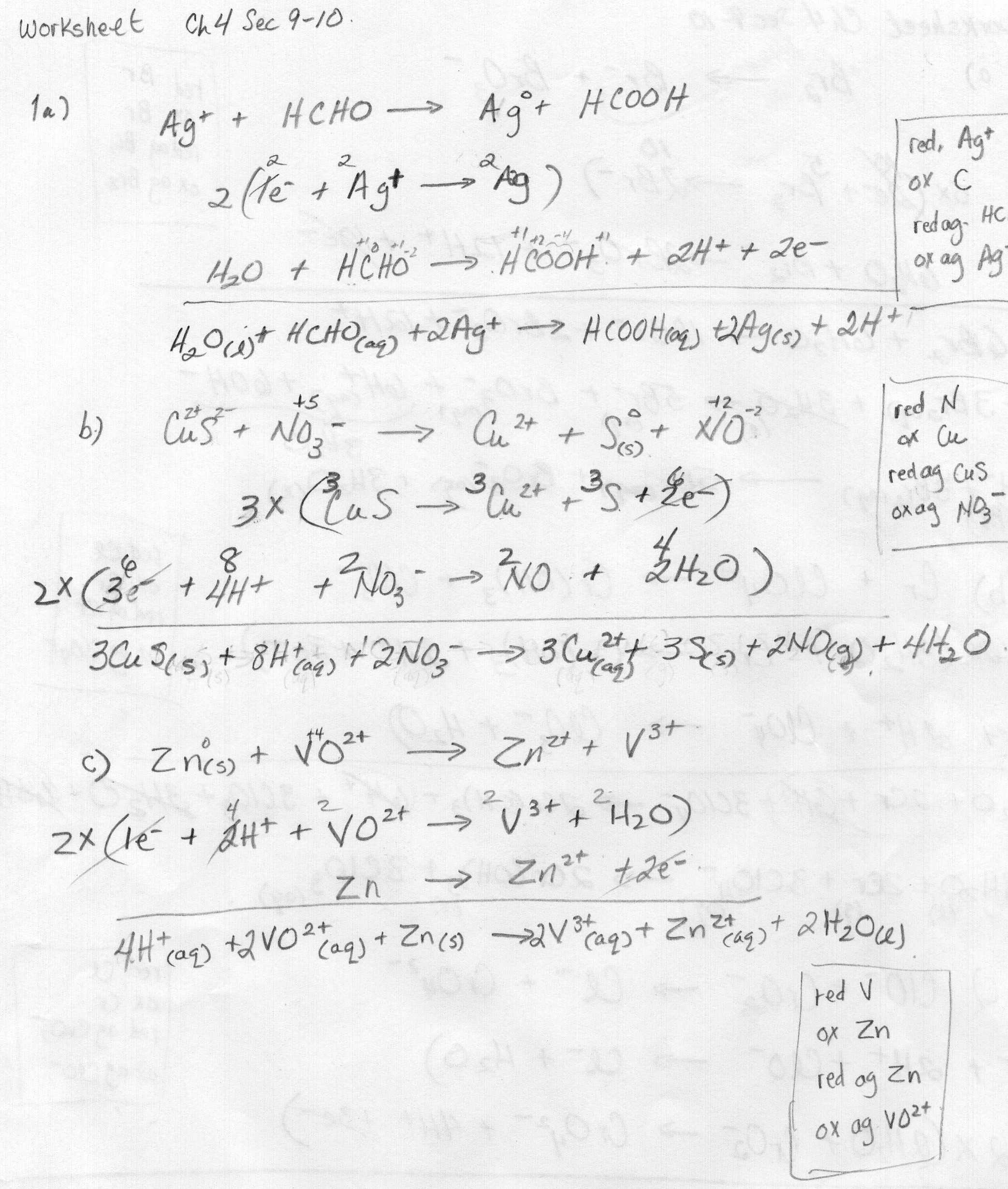
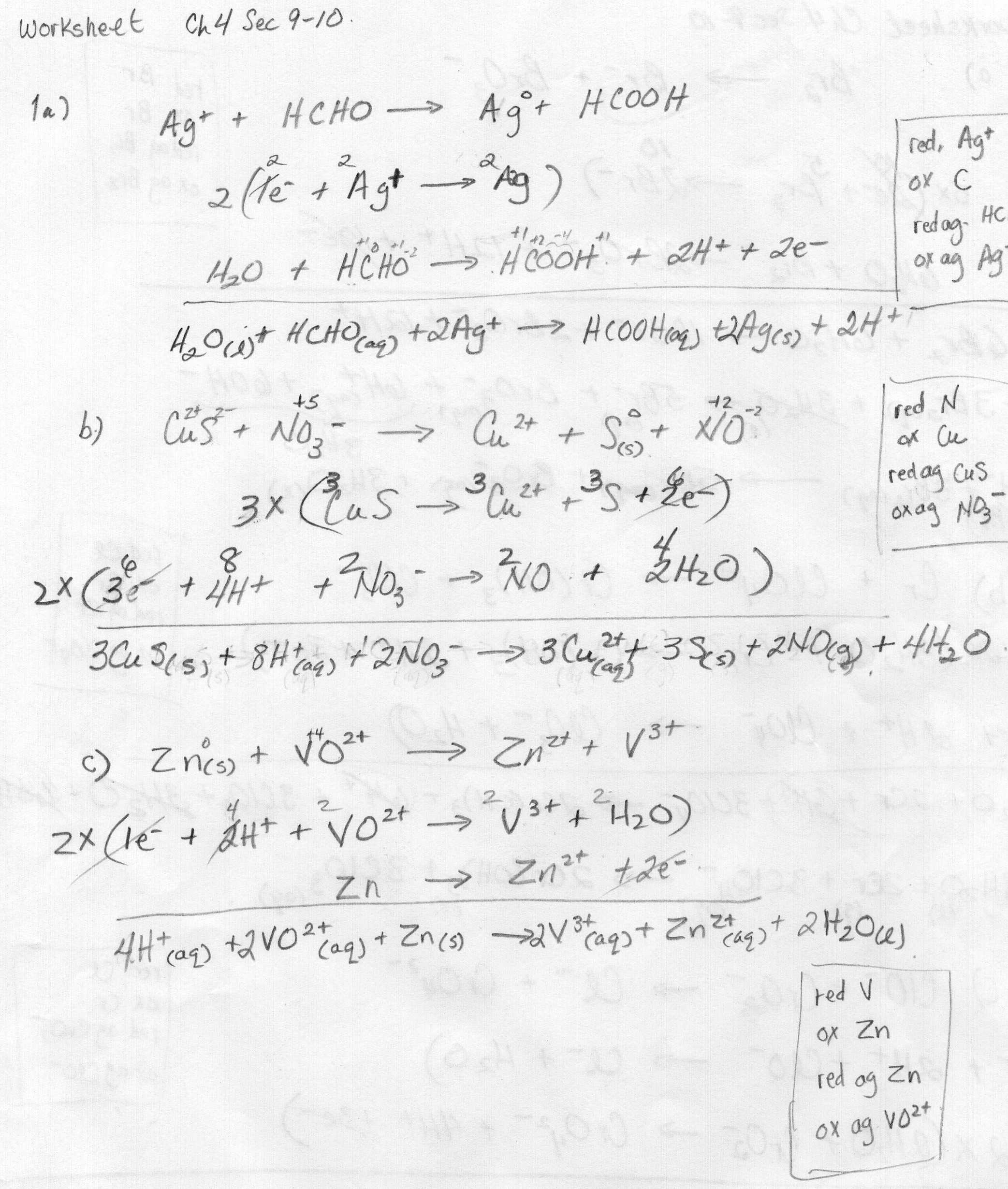

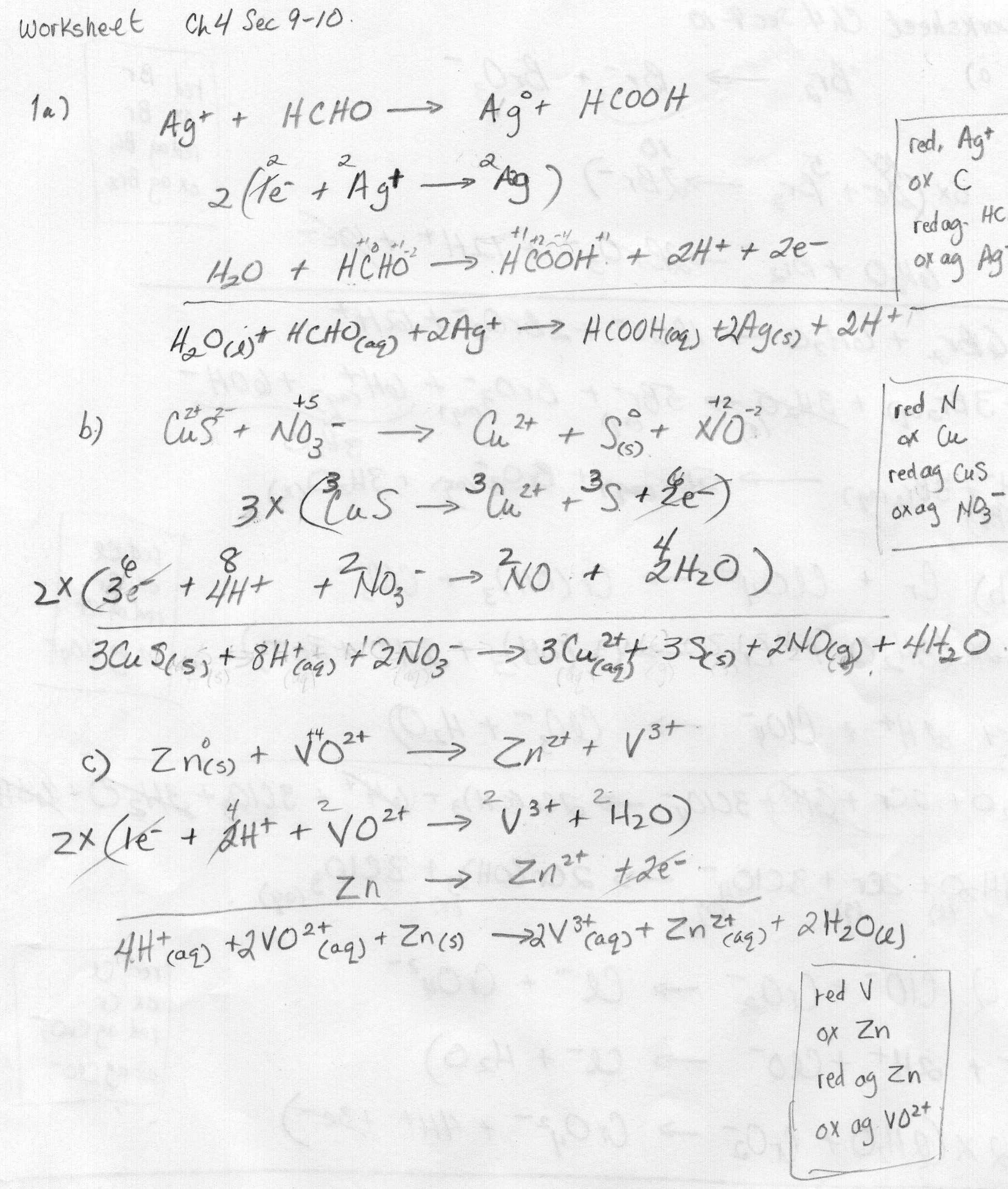
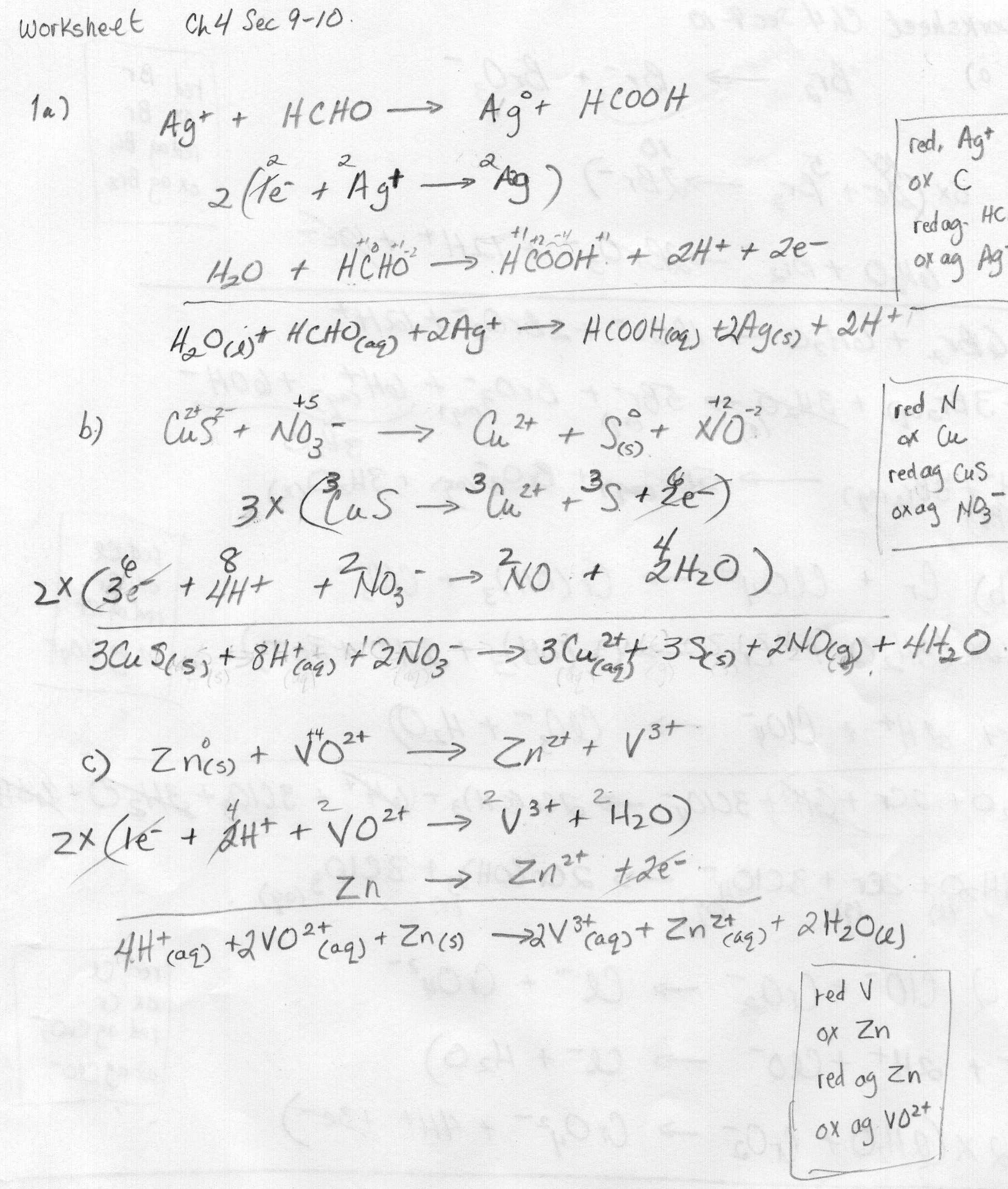
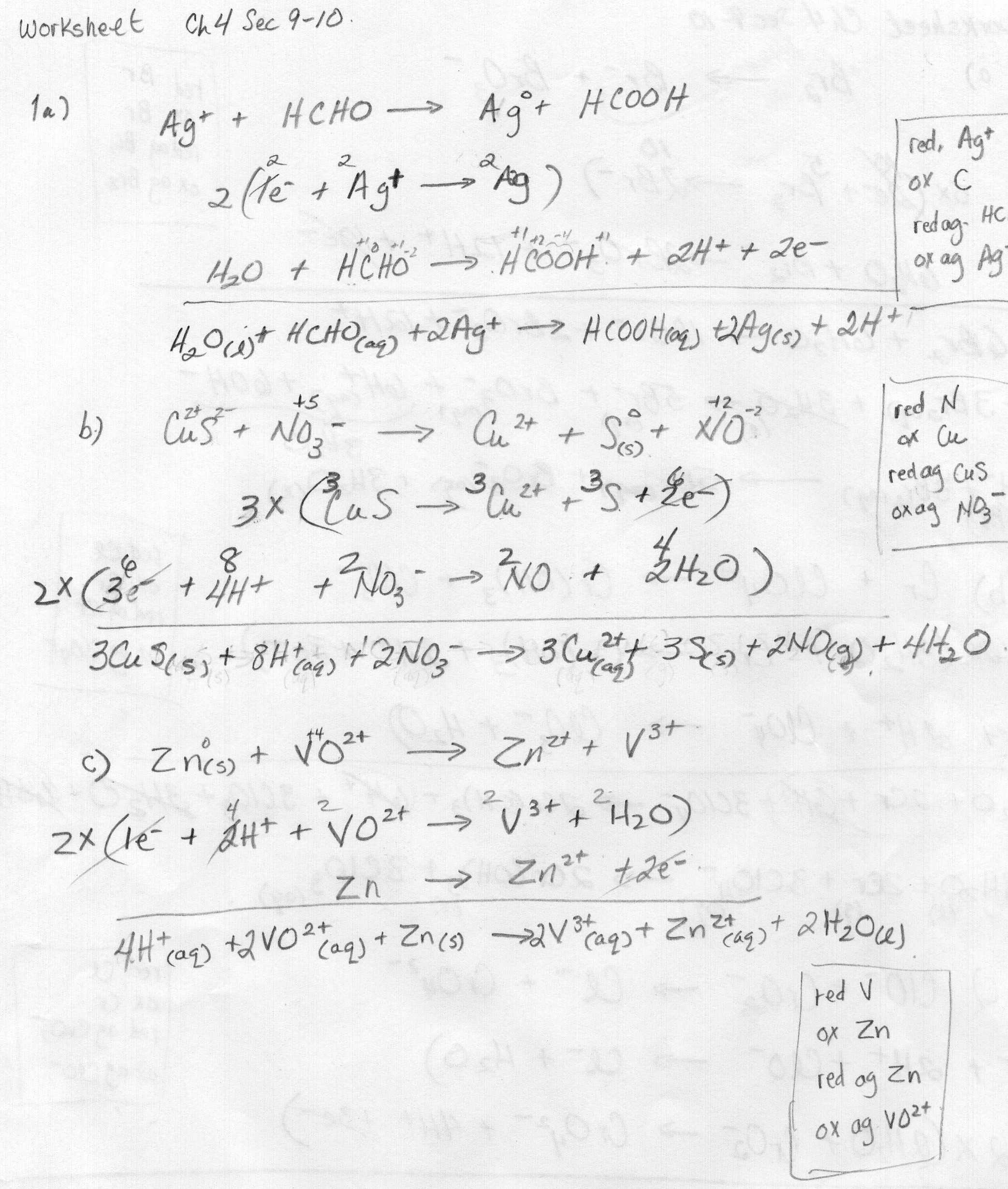
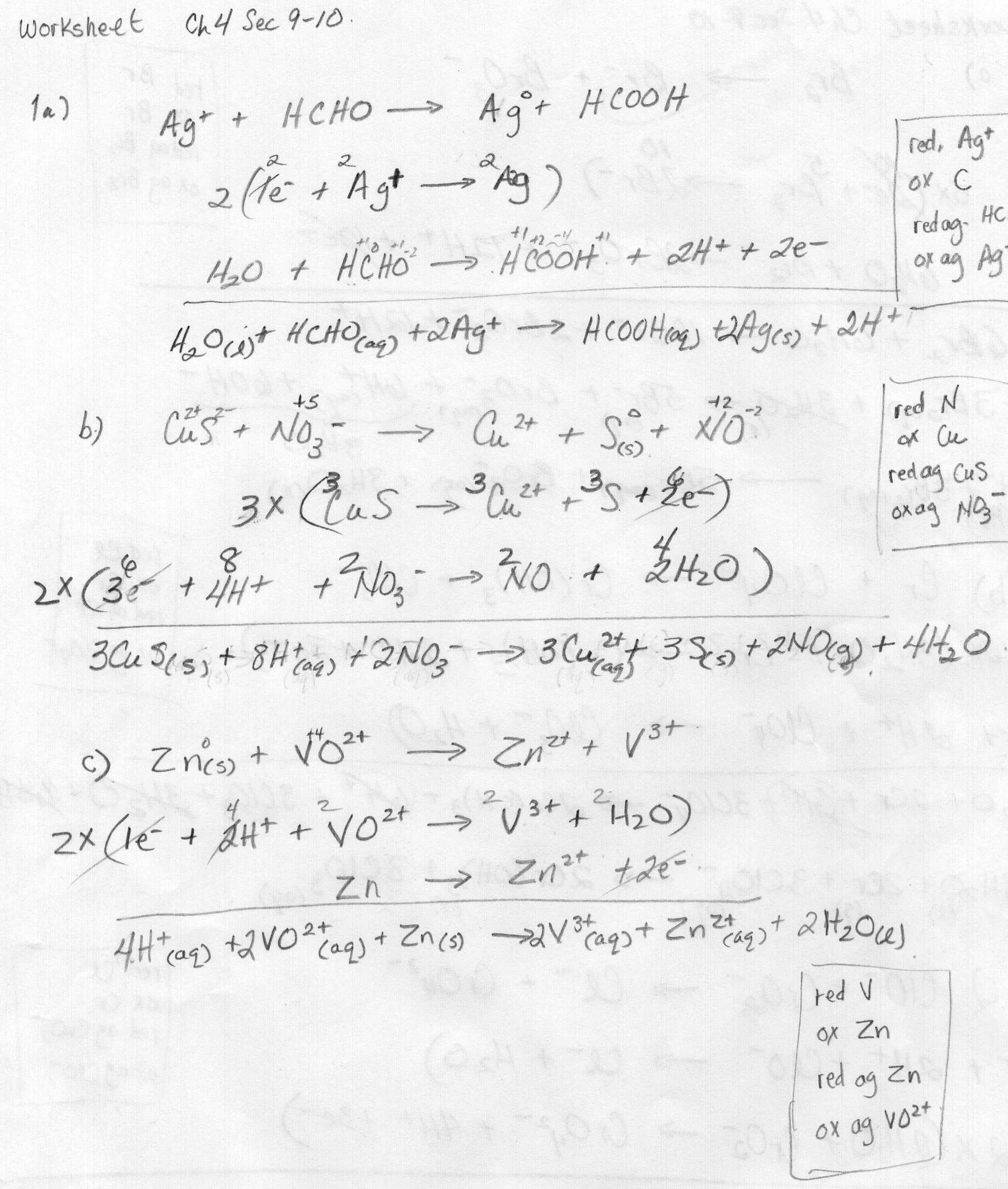
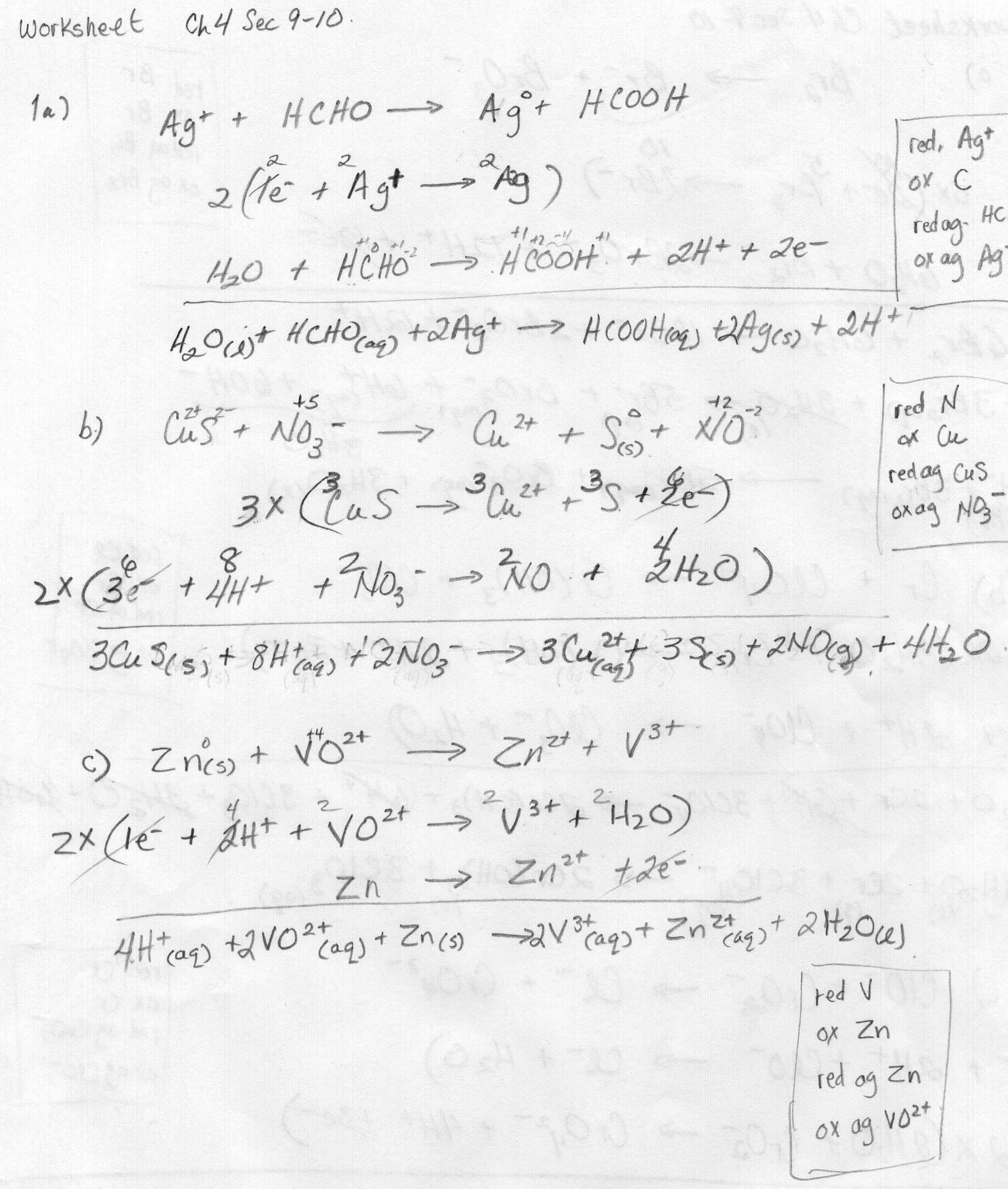















Comments